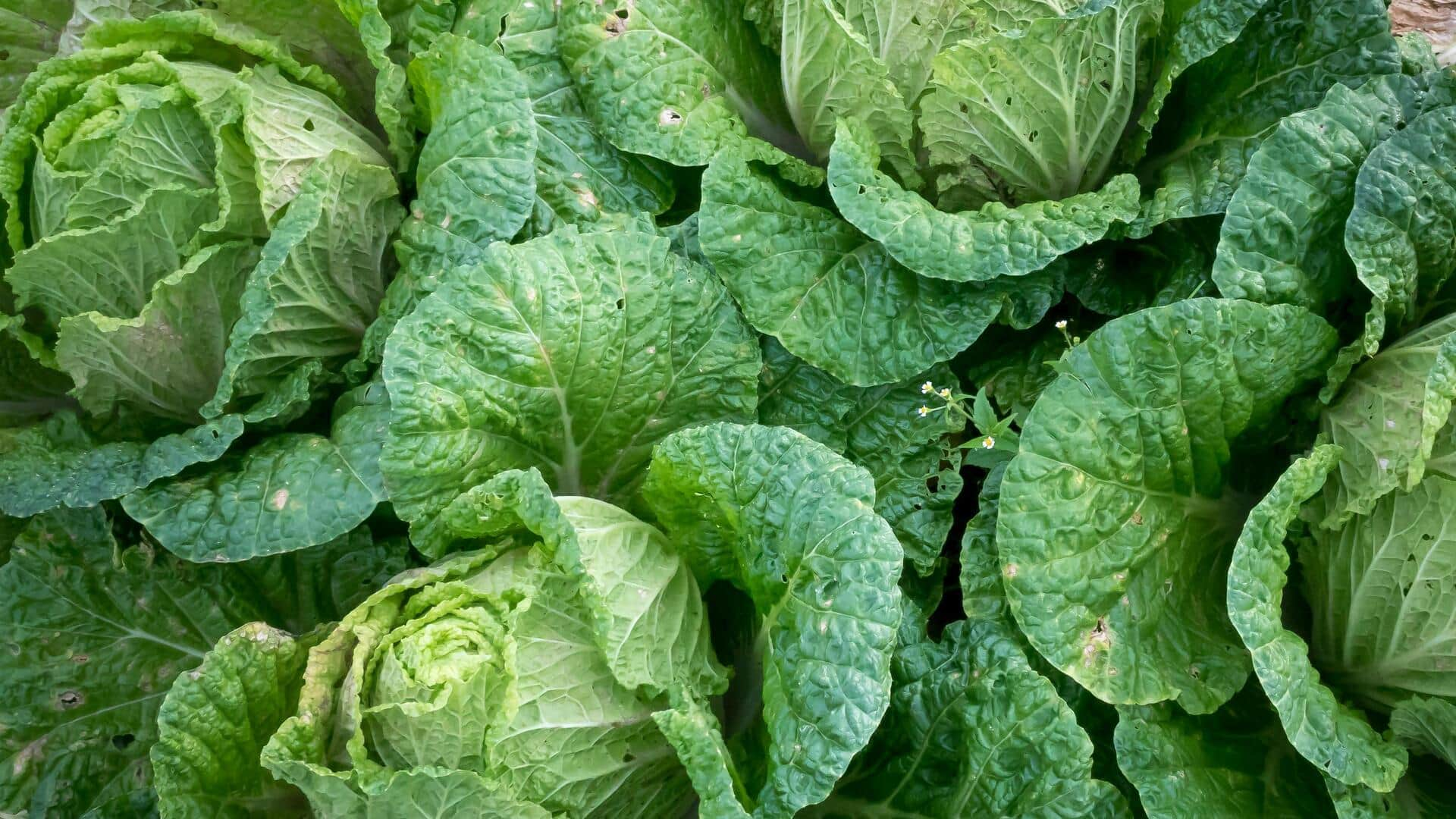
Best veggies you should be fermenting at home
What's the story
Fermentation is a time-honored method to preserve vegetables and enhance their nutritional value. The process of fermentation promotes the growth of beneficial bacteria, which can improve gut health. By adding fermented vegetables to your diet, you can boost your digestive health and overall well-being. Here are five vegetables that are great for fermentation at home, along with tips on how to prepare them.
#1
Cabbage: A classic choice
Cabbage is the most popular vegetable for fermentation. It is the base of the famous sauerkraut, which is made by fermenting cabbage with salt. The process of fermentation breaks down the sugars in cabbage, making it tangy and probiotic-rich. To make sauerkraut, you need to shred cabbage, mix it with salt, and let it ferment in a sealed container for a few weeks.
#2
Carrots: Adding sweetness
Fermenting carrots adds a hint of sweetness to the tangy flavor profile of fermented foods. Carrots can be grated or sliced before being mixed with salt and spices like ginger or garlic for added flavor. The fermentation process softens the carrots while preserving their vibrant color and nutrients.
#3
Radishes: Spicy and crunchy
Radishes make for an excellent candidate for fermentation, thanks to their naturally spicy flavor and crunchy texture. Daikon radish is particularly popular for this purpose as it absorbs flavors well during fermentation. Slicing or dicing radishes before mixing them with brine enhances their taste after fermenting.
#4
Cucumbers: Pickle perfection
Cucumbers are synonymous with pickles, thanks to their ability to soak up flavors during fermentation. The crisp texture of cucumbers makes them perfect for pickling with dill weed or mustard seeds in brine solution made from water mixed with vinegar or lemon juice, along with salt.
#5
Beets: Earthy flavors enhanced
Beets bring an earthy sweetness when fermented, which becomes more pronounced over time. This makes them an ideal choice if you're looking to try something different from traditional options like cabbage or cucumbers. Shredding beets before adding them to your mixture ensures even flavor distribution throughout each bite once ready to eat after a few weeks's wait period.